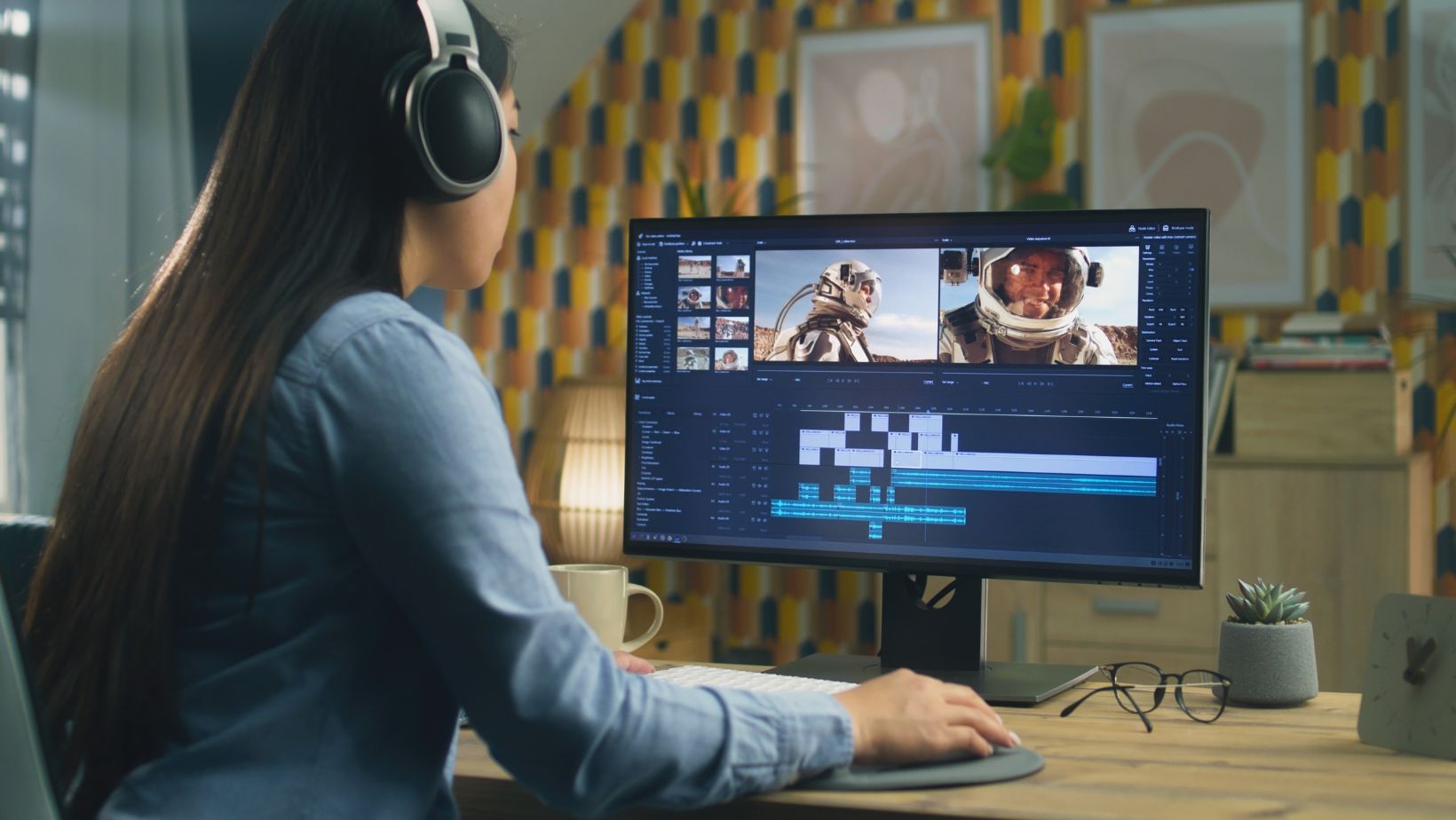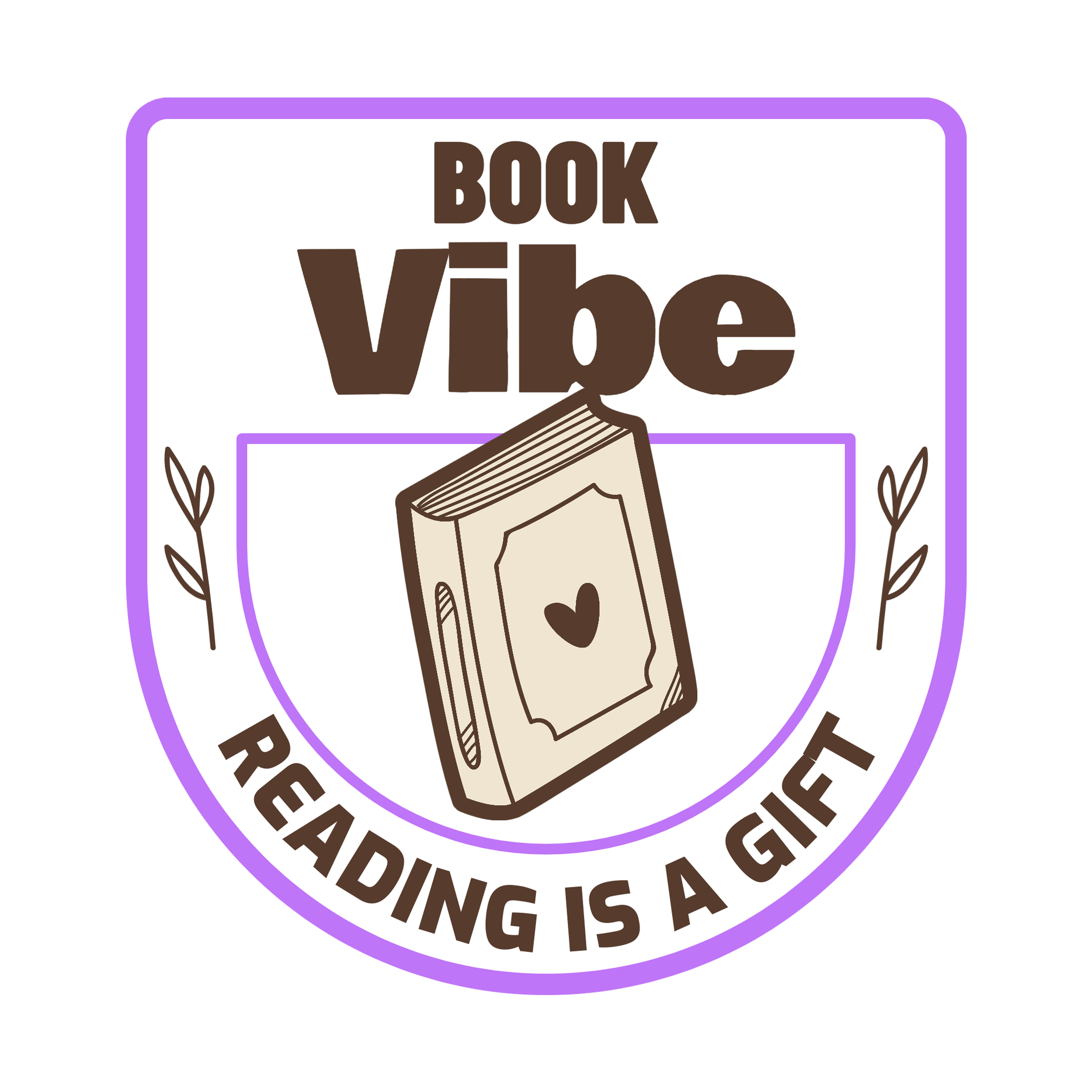
Introduction
Stories were only told in books for centuries. After opening a book, readers would lose themselves in the printed words and visualize the world. However, stories are no longer limited to paper in the digital age. These days, a printed book, podcast, short film, interactive game, or even a live-streamed event can all tell the same story.
The way writers interact with readers has changed as a result of this development. These days, readers want to see, hear, and even be a part of the worlds that authors create, not just read words on a page. Multimedia storytelling is a technique that combines contemporary digital tools with traditional writing to produce richer, more engaging experiences.
There have never been more opportunities for authors who want to reach a wider audience and establish a closer relationship with their readers.
Why Multimedia Experiences Matter for Authors
Contemporary audiences are continuously scrolling, highly connected, and highly visual. Infinite streams of videos, podcasts, and interactive apps now compete with stories. Adding more formats to your storytelling not only helps you stay up with this change, but it also gives more people access to your work in more ways.
Consider this: A reader may find your book via a brief Instagram teaser. In a podcast interview, someone else might learn about it. An interactive map of your fictional world could introduce your story to someone else.
By incorporating various “on-ramps” into your writing, you enable readers to interact with it in a way that suits them best.
Multimedia enhances emotional connection in addition to audience reach. A branded image or a well-timed video clip can help someone remember your story long after they’ve put the book down.
The Role of AI in Modern Storytelling
Authors are increasingly using artificial intelligence as a creative collaborator. It enhances human imagination rather than replaces it. AI tools can assist with everything from visual asset creation to brainstorming, which makes it simpler to expand your story into other formats without hiring a full production team.
AI can now, for instance, create images that perfectly convey the tone of your book. Make voiceovers for character monologues. Create brief, shareable videos from written passages.
Text to video AI tools excel at this final point, which is especially potent. In a matter of minutes, authors can create an engaging clip by pasting a passage, selecting a style, and eliminating the need to hire a videographer or spend weeks learning editing software.
Bring Your Story to Life with AI Video
Although book trailers are not new, artificial intelligence is making them more straightforward and more widely available. You can use text to video AI to make mood videos for particular characters or settings, as well as chapter previews and atmospheric teasers.
Consider this: An AI video platform receives the opening paragraph of your mystery novel and produces a clip with text overlays, eerie music, and moody visuals in a matter of seconds. You’ve just given thousands of potential readers an incentive to click “buy” by posting it to YouTube Shorts, Instagram, and TikTok.

The finest aspect? You can play these videos before author events, re-use them in email newsletters, or embed them on your website. Combining the timeless craft of writing with the instantaneous nature of visual media allows you to quickly evoke an emotional response that words alone might not be able to.
Brand Your Book with a Signature Touch
Adding new formats is only one aspect of multimedia storytelling; another is creating a visually unique book. This is where branding is useful.
A strong brand identity can make your work instantly recognizable, even in a crowded market. One of the simplest yet most efficient ways to accomplish this is with a well-designed personalized logo. It can be used on bookmarks, the title page, the book cover, and even marketing materials.
Readers may not recognize the logo at first, but it will eventually remind them of your stories. Whether it’s in a bookshop or online, that recognition fosters loyalty and makes it simpler for them to find you again.
Expanding Your Story Universe
After writing a book, you’ve constructed a world rather than merely a product. It can also develop in a variety of ways, just like any other world. By giving fans more options to explore your story universe, you can increase fan engagement and build a stronger community.
Among the choices are:

With interactive maps, readers can visually explore your fictional setting and click on points of interest to hear audio clips or read additional descriptions. Videos from behind the scenes: Share your character sketches, location research, or writing process.
Podcasts: Capture readings of your chapters, author interviews, or conversations about your work’s themes.
Challenges for readers: Inspire fans to share their artwork, different conclusions, or videos that react to your story. By doing so, your book becomes more than just a printed work; it becomes a living, breathing thing.
Repurposing Content for Maximum Reach
One of the most innovative strategies for authors is content repurposing—taking one piece of work and reshaping it for multiple platforms.
Here’s how it works:
- Step 1: Take a chapter excerpt and post it on your blog.
- Step 2: Record yourself reading the same excerpt and post the audio to a podcast.
- Step 3: Turn the text into a visual quote graphic for Instagram.
- Step 4: Use text to video AI to create a short cinematic clip from the excerpt.
With this method, you multiply the ways people can encounter your story without having to constantly create brand-new material from scratch constantly.
The Psychology of Immersion
One of the reasons multimedia storytelling works so well is that it appeals to a variety of senses. Psychologists have discovered that an experience is more memorable when it involves more senses.
A reader will feel a stronger, more complex connection to your book if they watch an AI-generated trailer, listen to the theme music for a character, and then read the same scene. Your work may seem more “real” and emotionally impactful if you use this multisensory approach.
Tools to Get Multimedia-Ready
Adding multimedia to your author brand doesn’t require a Hollywood budget. A variety of reasonably priced, frequently free tools are available in today’s digital environment to assist you in producing polished, captivating content.
Artificial intelligence (AI) video platforms such as Pictory, Synthesia, and Lumen5 can turn passages from your book into dramatic short films that are ideal for book trailers or social media teasers. Without requiring sophisticated design knowledge, graphic design tools like Canva, Adobe Express, or Figma make it simple to create unique branding components like logos, title page stamps, and promotional graphics.
If you’re interested in audio, you can record and edit podcasts, chapter readings, or even moody soundtracks to go with your narrative using editing programs like Audacity, GarageBand, or Adobe Audition. With just a few clicks, podcast hosting services like Buzzsprout, Podbean, or Anchor can distribute your audio to popular streaming platforms once it’s ready.
You can create maps, glossaries, timelines, and other interesting resources that give your world life by using platforms like Genially, Thinglink, or StoryMapJS. You can interact directly with readers through virtual book launches, Q&A sessions, and behind-the-scenes writing workshops made possible by live streaming tools like StreamYard, Restream, and OBS Studio.
Lastly, don’t ignore email marketing tools like Mailchimp, ConvertKit, Getresponse or MailerLite. They let you send out newsletters with lots of multimedia, invites to events, and exclusive content, which keeps your readers interested long after they’ve finished reading your book.
You can expand your storytelling into formats that improve accessibility, memorability, and shareability across various media platforms by combining these tools.
Final Thoughts for Authors
Adding multimedia to your storytelling doesn’t mean giving up on books; instead, it means making them more powerful. Every extra format you employ gives readers a new way to enter your world and helps it come to life.
Those who adjust early stand the best chance of making an impression in the rapidly changing publishing industry. The important thing is to go beyond the page, regardless of whether you begin with a straightforward book trailer, a customized logo, or a sequence of interactive posts.
When you do, you might discover that there are still a ton of ways to tell the story you thought was done.
